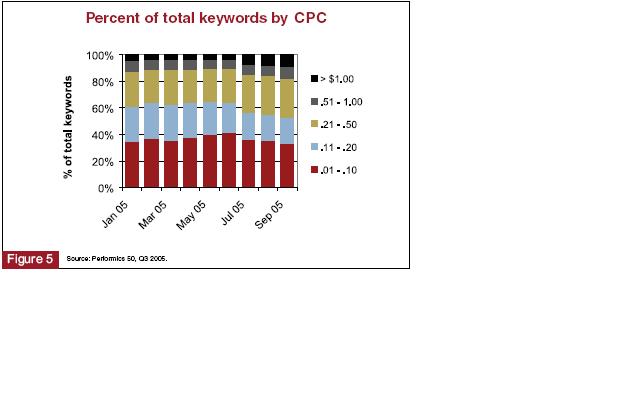There has been a lot of talk about smart pricing lately. Many publishers have been complaining about being “hit” by smart pricing and seeing earnings drop. But I’ve come to realize that there is some terminology confusion going on.
Many publishers use the term “smart pricing” to mean any price reduction they think Google is making, regardless of whether or not it has anything to do with smart pricing.
The best definition of smart pricing from Google comes from their news release (remember that this was written from an advertisers perspective):
How smart pricing works
We are constantly analyzing data across our network, and if our data shows that a click is less likely to turn into business results (e.g. online sale, registration, phone call, newsletter sign-up), we may reduce the price you pay for that click. You may notice a reduction in the cost of clicks from content sites.
We take into account many factors such as what keywords or concepts triggered the ad, as well as the type of site on which the ad was served. For example, a click on an ad for digital cameras on a web page about photography tips may be worth less than a click on the same ad appearing next to a review of digital cameras.
Google saves you time and hassle by estimating the value of clicks and adjusting prices on an ongoing basis. With improved smart pricing, you should automatically get greater value for clicks from ad impressions across our network, all with no change in how you bid.
So, Google itself came up with the term “smart pricing” and they use it to mean algorithms that are used to reduce click prices to advertisers due to conversions. Using the term for anything else is confusing.
For example, in a recent WebmasterWorld forum thread, I read the following quote from Max_M:
If your pay per click hasn’t changed much during slow times then it is yet just another indication that smart pricing has nothing to do with conversions at the merchant end.
If it has “nothing to do with conversions” then it is not smart pricing. There are lots of theories about how Google reduces the amount payed to the publisher per click, but if it does not fit Google’s definition of smart pricing, please do not use that term!
